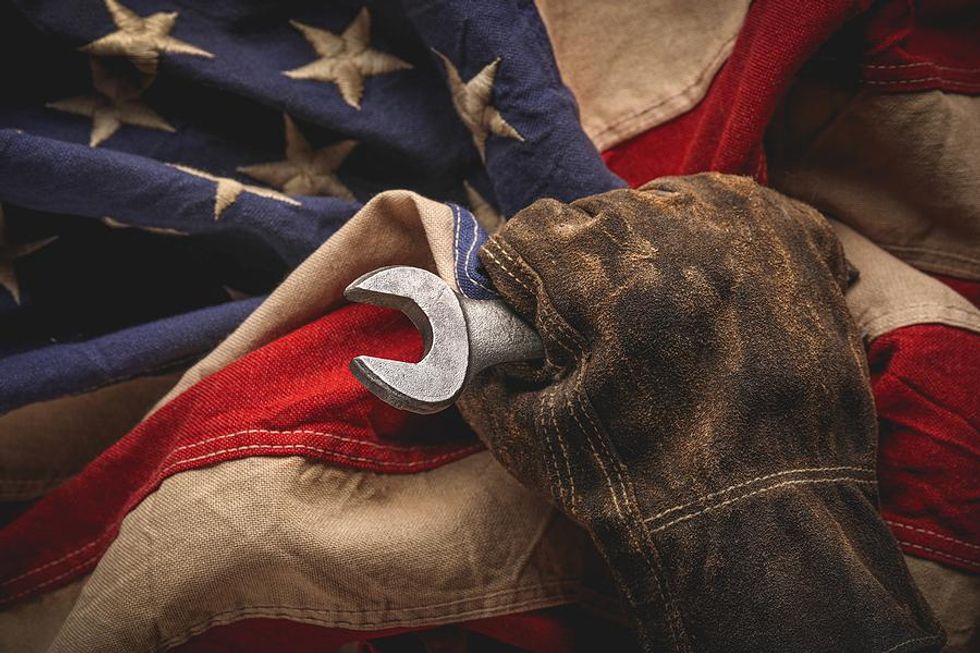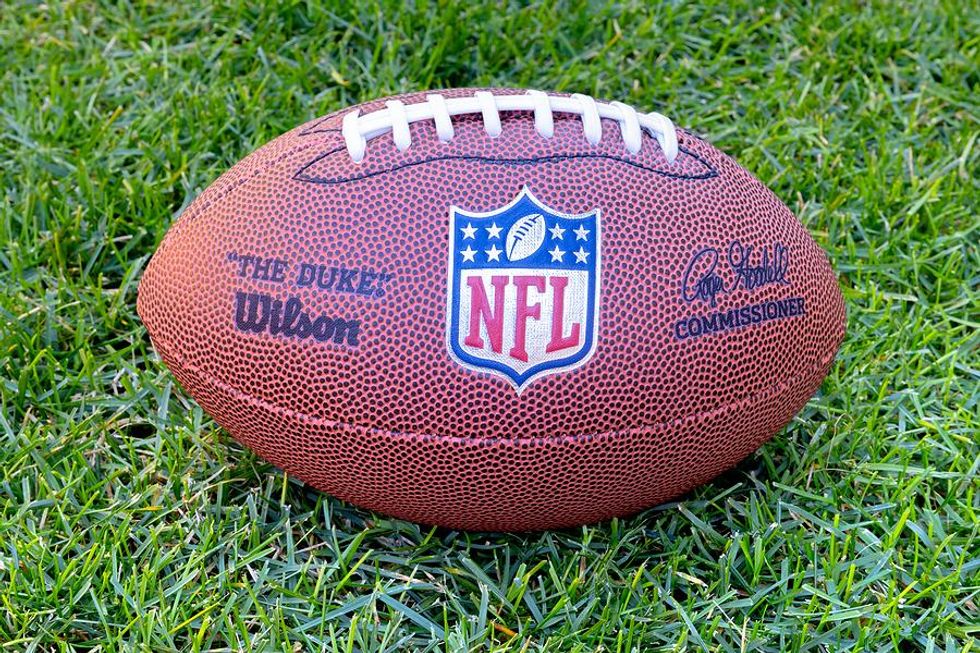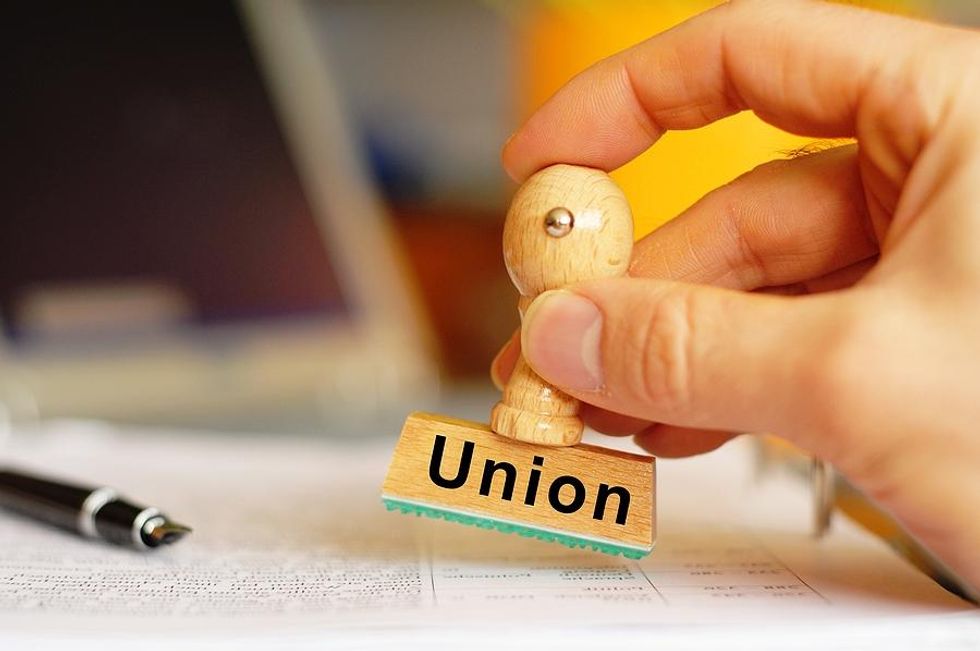
What Is A Labor Union?
A labor union can be described as an employee organization that advocates for the rights of employees.
A labor or trade union is an organized group of workers who advocate work conditions, economic justice, and unfair treatment by employers. Labor unions have collectively advanced their members' interests by negotiating with employers.
Unions are organized much like democracies. The members of the associations elect officers who make decisions for their members. The primary purpose of the officers is to provide power and control for their members.
How Do Unions Make Money?

Bigstock
Union members pay dues to cover the union’s costs. Most unions have paid full-time staff that help to manage their operational costs. Some of the union members volunteer their time and talents to the association. Some unions create strike funds that support workers in the event of a strike.
Are Labor Unions Still Effective Today?

Bigstock
Unions have played a significant role in workers’ rights for centuries. Labor unions’ roots in the United States date back to the 18th century when the Industrial Revolution and big business were in their infancy and relied heavily on human labor. This quickly led to widespread abuse of workers, including children, who were forced to work many hours daily for low wages and benefits.
Today there are federal and state labor laws to protect workers. For example, these two agencies are responsible for setting industry standards, such as safe working conditions and minimum wage standards.
What Are The Critics Saying About Labor Unions?

Bigstock
Critics say that labor unions work against employers, making it more difficult for a company to manage its employees for the company’s good. Some say that labor unions make it difficult for companies to fire unproductive employees. Also, companies complain that unions are driving up payroll costs and benefits costs that leave the company with less revenue to operate the company or force the company’s hand to raise the price of goods and services.
Which Industries Have Labor Unions?

Bigstock
The public sector has the highest rate of union members, such as police officers, firefighters, and teachers. In the private sector, industries with high union rates include transportation, warehousing, utilities, motion pictures, and sports.
When I worked at the National Football League, labor unions played a large part in the game. The players union was known as the National Football League Players Association (NFLPA). The NFLPA represents all players concerning wages, retirement, insurance benefits, and working conditions, and protects their rights as professional football players. Lastly, the NFLPA ensures that the Collective Bargaining Agreement (CBA) terms are met.
Just as the players benefit from union representation, the game officials also belong to a union. The game officials union was called the National Football League Referees’ Association (NFLRA). The NFLRA represents all game officials concerning wages, retirement, insurance benefits, and working conditions, and protects their rights as professional game officials. Lastly, the NFLRA ensures that the Collective Bargaining Agreement (CBA) terms are met.
The Pros And Cons Of Organized Labor

Bigstock
Labor unions have been part of American culture for a long time. Due to government-regulated employment laws, memberships and the need for unions have declined. Gone are the days when unions were in place to protect child labor, unfair working conditions, pay disparities, and workday hours unfairness.
Pros
1. Unions promote higher wages and better benefits.
2. Unions can economically be a pacesetter.
3. Unions provide worker protection.
Cons
1. Labor unions discourage individuality—the group is treated the same.
2. Unions can protect failing employees.
3. Unions can drive up costs for the company.
The Last Resort Or Bargaining Play

Bigstock
A strike or lock-out is evidence of discontent and an expression of dissatisfaction by unions. When negotiations between company management and labor unions fail, unions must take action to disrupt the company’s workflow and production. The best course of action is when the company and the labor union continue to discuss their differences that keep an agreement from being agreed upon.
When the two sides refuse to budge on the sticking points while negotiating, companies are sometimes forced to hire replacement workers to continue operations. Many of these replacements might be unskilled, but this temporary move by the company is an attempt to keep the company open for business. Hiring replacement workers might also be a bargaining ploy by the company to let the union know that the company can move forward with these non-unionized workers.
Lastly, as company management and labor unions negotiate an agreed-upon contract, neither side will get everything they started out to get. There will be give and take on both sides. Finding common ground so that management and labor can co-exist to work together should be a goal for both sides. Let’s work together so we can all continue to do what we all love. Working. Playing. Making a better world!
- Top 5 Reasons You Should Work In A Trade ›
- What Can You Do If Your Employer Is In Breach Of Contract? ›
- 5 "Recession-Proof" Careers ›

 Bigstock
Bigstock Bigstock
Bigstock Bigstock
Bigstock


